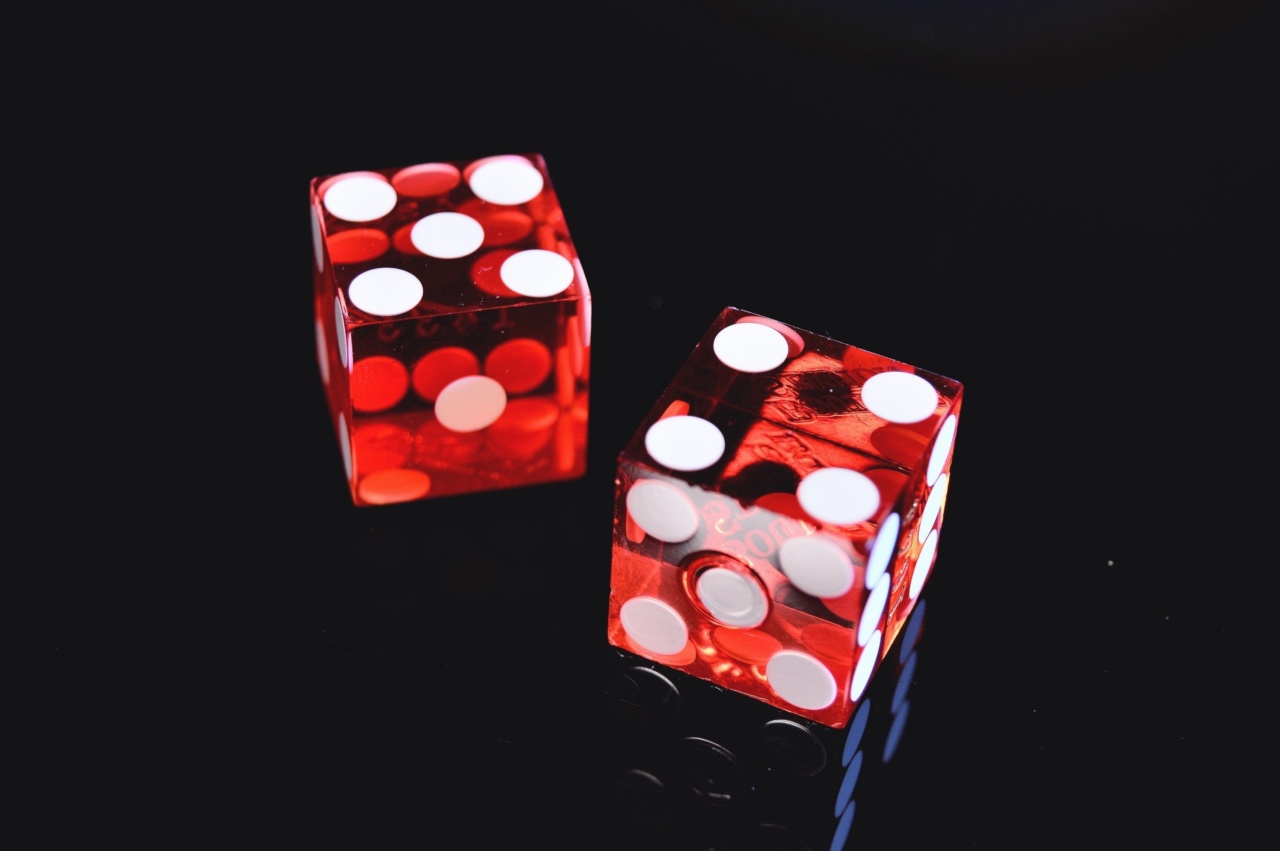In recent years, there has been an alarming rise in the number of people who are becoming addicted to solariums. These once-popular facilities, which were primarily designed for tanning purposes, have now turned into a dangerous obsession for many.
Despite the known risks and health concerns associated with excessive sun exposure, individuals are succumbing to the allure of a golden tan, leading to a myriad of physical and psychological consequences. This article explores the dark side of solariums and sheds light on the harrowing journey that takes place when love for a sun-kissed glow transforms into an addiction.
The Appeal of Solariums: The Quest for Beauty
Solariums, also known as tanning beds or sunbeds, have long been touted as a way to achieve the perfect tan.
The desire for a bronzed complexion has been ingrained in society for decades, with tanned skin often associated with beauty, youth, and vitality. This social pressure, combined with the convenience and immediacy of a solarium, has made it an appealing option for those seeking a quick and effortless tan.
Furthermore, solariums have been advertised as a means to boost vitamin D levels, which plays a vital role in overall health and well-being.
The promise of numerous health benefits, such as improved mood, increased bone density, and strengthened immune system, has further enticed individuals to indulge in sunbed sessions.
The Dark Reality: Health Risks of Solarium Addiction
While solariums may provide an initial sense of satisfaction, the long-term consequences of excessive tanning sessions far outweigh the temporary benefits.
Prolonged exposure to artificial UV radiation, emitted by solariums, significantly increases the risk of developing various skin conditions, including melanoma, the deadliest form of skin cancer. The World Health Organization has classified tanning beds as “carcinogenic to humans,” placing them in the same category as tobacco and asbestos.
Moreover, individuals who frequent solariums are prone to experiencing premature aging of the skin, marked by wrinkles, pigmentation spots, and loss of elasticity.
The pursuit of beauty through tanning can paradoxically lead to early signs of aging, shattering the very notion of attaining everlasting youthfulness.
Aside from physical health risks, solarium addiction also takes a toll on mental and emotional well-being. The obsession with maintaining a golden complexion often leads to poor body image and low self-esteem.
Individuals become trapped in a cycle of constant tanning to achieve an unattainable ideal, fueling feelings of inadequacy and self-consciousness.
Warning Signs: Identifying Solarium Addiction
Recognizing the signs of solarium addiction is crucial in order to intervene and seek appropriate help. Some common indications include:.
- Regular and excessive use of solariums, surpassing recommended safety limits
- Compulsive thoughts and behaviors surrounding tanning
- Withdrawal symptoms, such as irritability and restlessness, when unable to access a solarium
- Neglecting responsibilities and social activities in favor of tanning
- Continued tanning despite experiencing negative consequences, such as sunburns or signs of skin damage
If you or someone you know exhibits these signs, it is crucial to seek professional assistance and support, as solarium addiction can have severe physical and psychological repercussions.
Breaking Free: Overcoming Solarium Addiction
Recovering from solarium addiction requires a multi-faceted approach that addresses both the physical and psychological aspects of the problem.
It is important to understand the underlying reasons for the addiction, which may involve body image issues, societal pressures, or the pursuit of an idealized beauty standard.
Medical professionals and therapists play a crucial role in guiding individuals towards recovery.
Cognitive-behavioral therapy can help change the thoughts and behaviors associated with addiction, while support groups provide a safe space for individuals to share their experiences and find solace in others who understand their struggle.
In terms of physical healing, regular dermatological check-ups are imperative to monitor any signs of skin damage or cancerous growth.
It is vital to prioritize sun protection, both in terms of outdoor exposure and avoiding any further use of solariums.
The Importance of Public Awareness and Regulation
To address the growing issue of solarium addiction, it is essential for governments and health organizations to implement stricter regulations and educate the public on the dangers of excessive tanning.
Warning labels, restrictions on usage, and public awareness campaigns can help curb the prevalence of solarium addiction and protect individuals from the associated health risks.
Furthermore, societies must redefine beauty standards and promote self-acceptance and diversity.
By challenging the notion that a tan equates to beauty, individuals can feel empowered to embrace their natural skin tone and shift away from harmful tanning practices.
A Brighter Future: Embracing Healthy Alternatives
As awareness of the dark side of solariums grows, individuals are gravitating towards healthier alternatives for achieving a sun-kissed glow.
Self-tanning products that do not involve harmful UV radiation have gained popularity, providing a safer and more sustainable option for those seeking a bronzed complexion.
Moreover, the notion of beauty is increasingly being redefined, with a greater emphasis on self-acceptance and appreciation of diverse skin types.
Celebrating natural beauty and prioritizing sun protection have become essential, ultimately resulting in a healthier and more positive relationship with one’s appearance.
By shedding light on the dark side of solarium addiction and encouraging a shift towards healthier alternatives, we can strive to protect individuals from the physical and psychological harm caused by excessive tanning.
Society must embrace a new definition of beauty, one that prioritizes self-care, acceptance, and well-being over destructive obsessions with achieving an unattainable ideal.





























